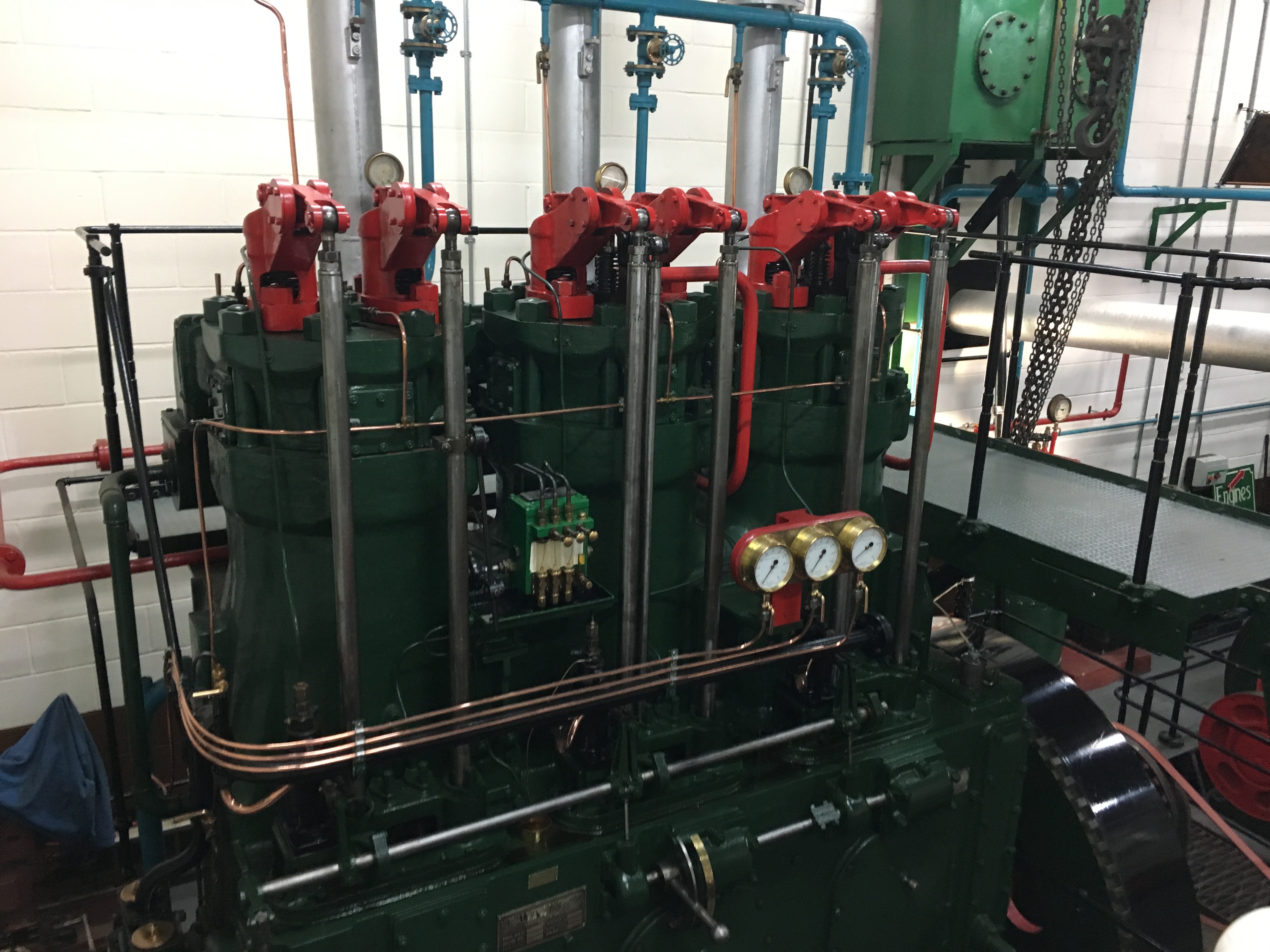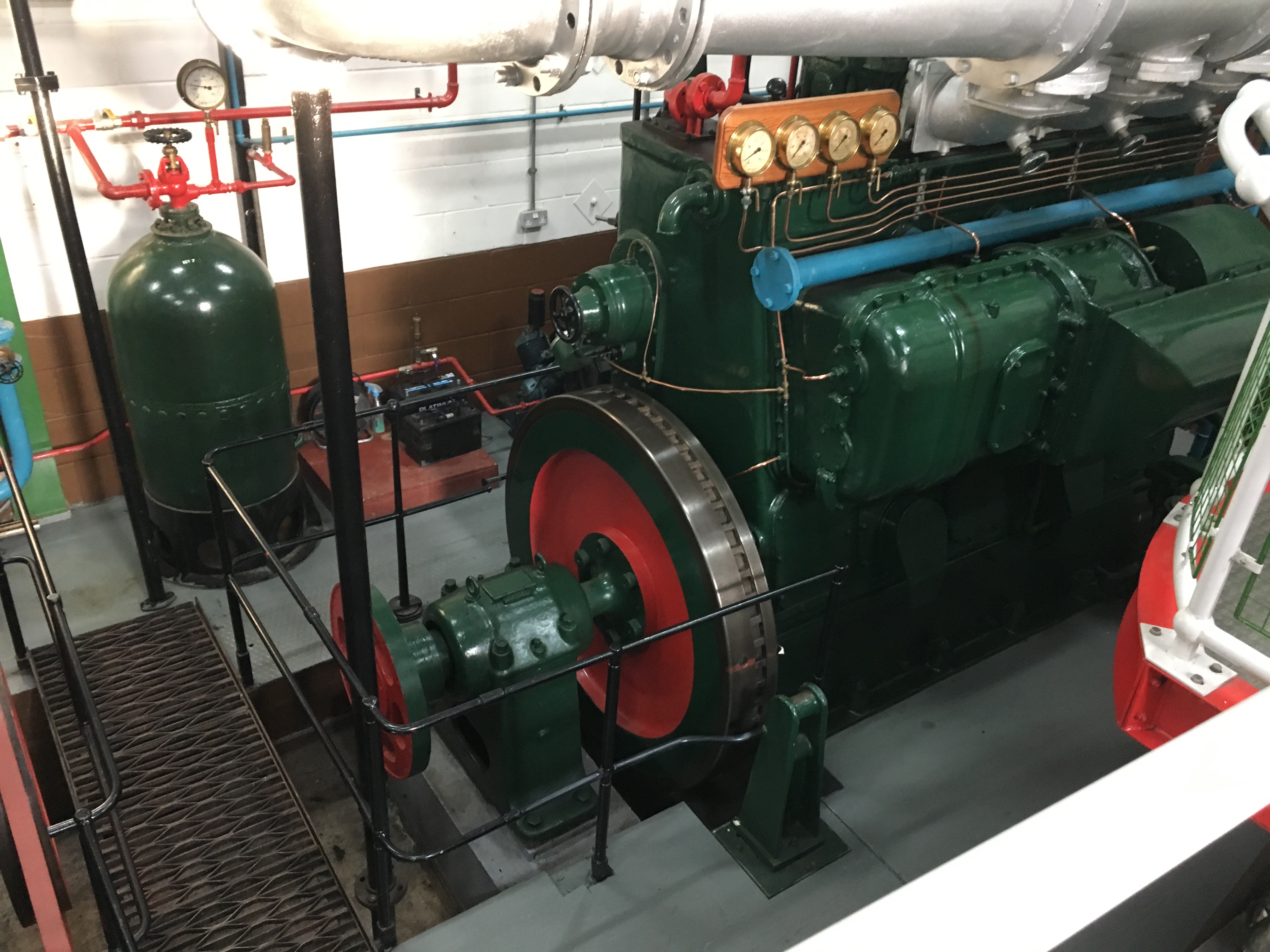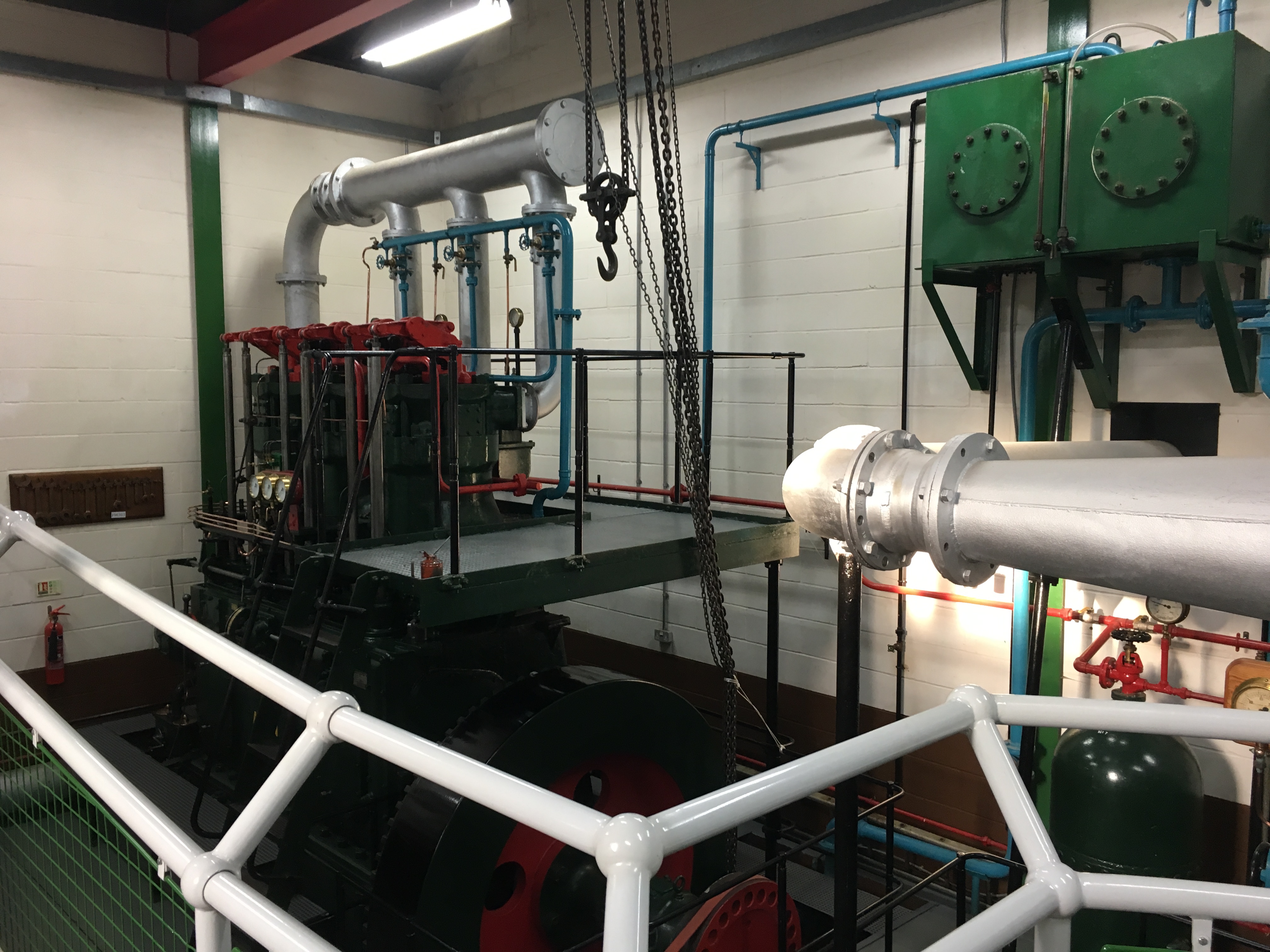Pumping Engine
Engine Road
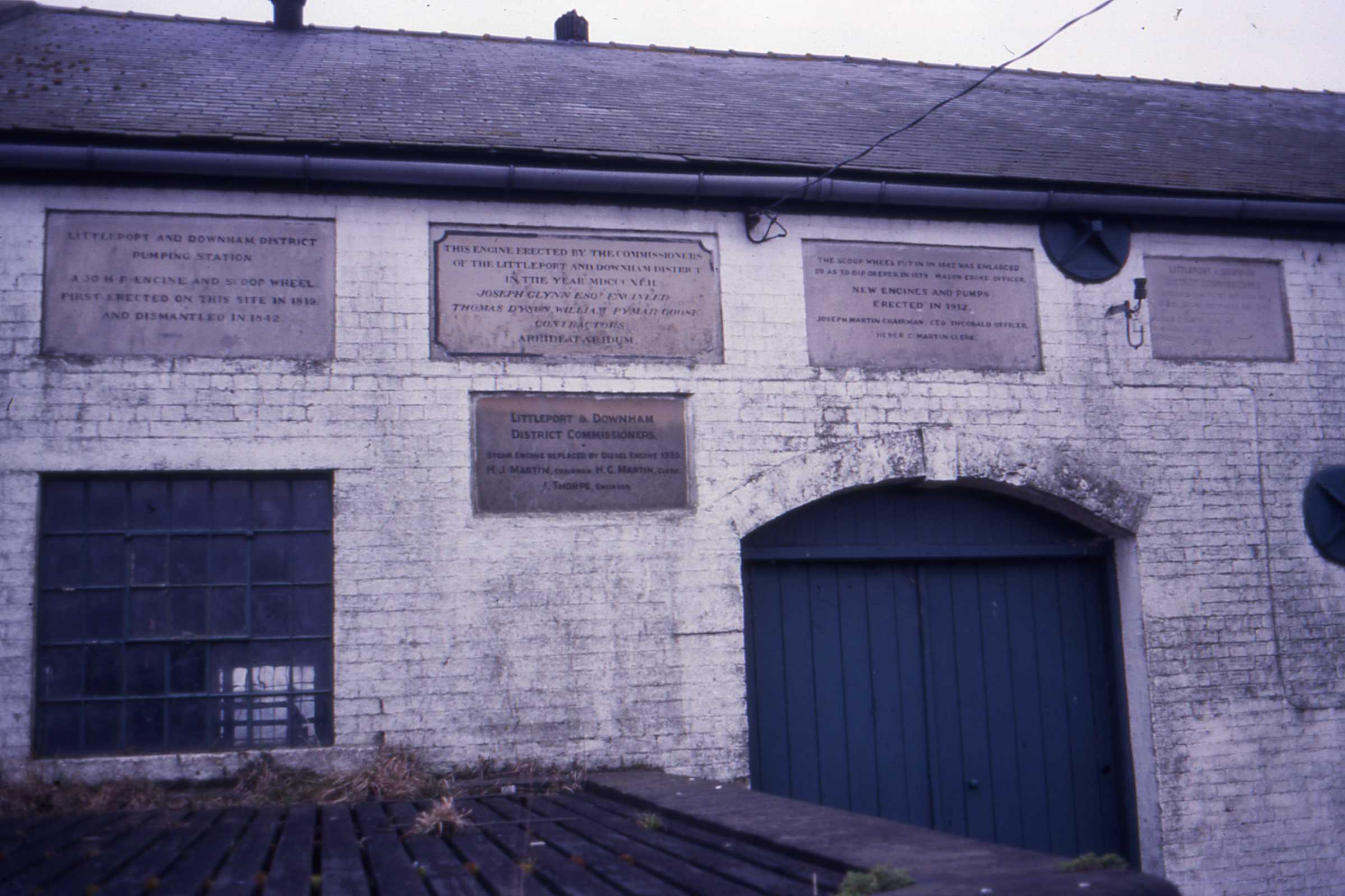
When the fens were first drained the dykes and drains were able to discharge directly into the rivers. However the land consisted mainly of peat, and when the peat dried out shrinkage occurred, lowering the level of the land. It became necessary to embank the rivers to prevent the river water from flooding back onto the land. Once the land became lower than the rivers it became necessary to pump the water up over the banks.
The first pumps were driven by horses, but these soon gave way to wind powered pumps. These looked very much like windmills but they pumped water instead of grinding corn. By 1829 75 such wind-pumps were recorded being in the district, many being privately owned and gave rise to local disputes. Such was the problem of one neighbour flooding another in the early part of the 18th century it became possible for groups of landowners to apply for a private act of parliament to establish a body of commissioners for a defined drainage area.
In 1756 a private act of parliament enabled the creation of the Littleport and Downham district. At which time consisted of 18,000 acres bounded by the Hundred Foot River, the River Ouse and the high lands between Ely Witchford and Mepal. Today it is approximately twice that size.
Under the act the commissioners were empowered to make cuts, drains, dams, tunnels and outlets and to erect such Works and Engines for draining and conveying water.
1819 Original 30hp steam engine erected
In 1818 the commissioners determined to erect a steam engine at Ten Mile Bank, and in 1819 the original Ten Mile Pumping Engine was built powered by a 30hp steam engine. It was the success of this first engine that led the commissioners to build a second more substantial plant at Pymoor on the 100 foot bank. These two engines worked together to drain the whole area.
1842 Rebuilt with an 80hp steam engine
The station was rebuilt in 1842 when a new engine house was built and a Butterley engine installed. New boilers were fitted in 1878, and the scoop wheel increased in size two years later.
The wheel is 43ft 8in in diameter. It has 50 ladles with an average dip of 4ft. Emptying the water into the river ouse at the rate of about 130 tons per minute. Kelly's Directory of Norfolk 1896
"..wheel 40 feet in diameter... ...engine that drives that wheel is of 80-hourse power", located at Ten mile bank, near Littleport. Linconshire chronicle, Friday 29th September 1848.
"A steam powered pumping station was in existence by 1820 when it had two scoop wheels, a very rare feature." www.heritage.norfolk.gov.uk
Stevens Family - Engine Drivers
The 1861 census shows William Stevens, aged 47 is a water engine driver living on Ten Mile Bank. He lived with his wife Elizabeth and three children. Jonathon, Mary and William Waddleton, aged 10.
In 1871 William Stevens, now aged 57 is again listed as an engine driver still living on Ten Mile Bank with his wife Elizabeth.
In 1881 William Stevens, now aged 67 is still the engine driver. With his son also William by now the fireman.
White's directory of 1883 lists William Stevens as an engineer at Ten Mile Bank.
William Stevens died in 1884 at 71 years of age. He is buried in St Marks cemetery.
Note: James Stevens operated the Pymoor Engine from around 1830.
1912 Allen Engines
In 1912 the whole site was dismantled and the engine house was enlarged ready to receive new up to date Allen engines.
On Monday 18th November 1912, Mr Joseph Martin, Chairman of the district started the pumps of the newly installed engine at Ten Mile Bank at a cost of about £6000. The Ceremony took place in front of a large and representative gathering of the commissioners.
The engines were installed by Messr Allen, son & co. Ltd. of Bedford. The plant consisted of three Lancashire boilers each capable of evaporating 4,500lbs of steam per hour. There were two sets of engines and centrifugal pumps. Each engine capable of developing 200b.h.p.
1925 William Jordan
Kellys directory of 1925 lists William Jordan as the Engineer in charge of Engine House.
1939 Charles Winters
Charles Winters is residing at Engine Cottages in 1939. His occupation is an Engineer + Driver in charge of drainage pumping station.
Also residing at Engine Cottages is John W Rayner. His occupation is Engine Driver's Mate.
Diesel Power
The coal powered steam engines were swapped for diesel engines in 1935 & 1947. These were the final engines and have been subsequently removed and re-housed in Prickwillow Engine Museum, where they have been restored back to original factory showroom condition. These engines are still operated on special event days.
W H Allen 3S60
Ordered and installed in 1935, this unique special order contra-rotation engine is a 3 cylinder, conventionally aspirated 4-stroke diesel engine. It has a cubic capacity of 238 litres and produces 320b.h.p. at 250 rpm.
W H Allen 4T47
Ordered in 1945 and installed in 1947, this is a 4 cylinder supercharged 2-stroke diesel engine with exhaust valves. This is unusual for two reasons, 2-stroke engines are normally run on petroleum and do not normally have valves. Built to a Burmeister and Wain design licensed to W H Allen of Bedford by Harland & Wolff of Belfast. This engine has a cubic capacity of 124 litres and produces a nominal power output of 375b.h.p.
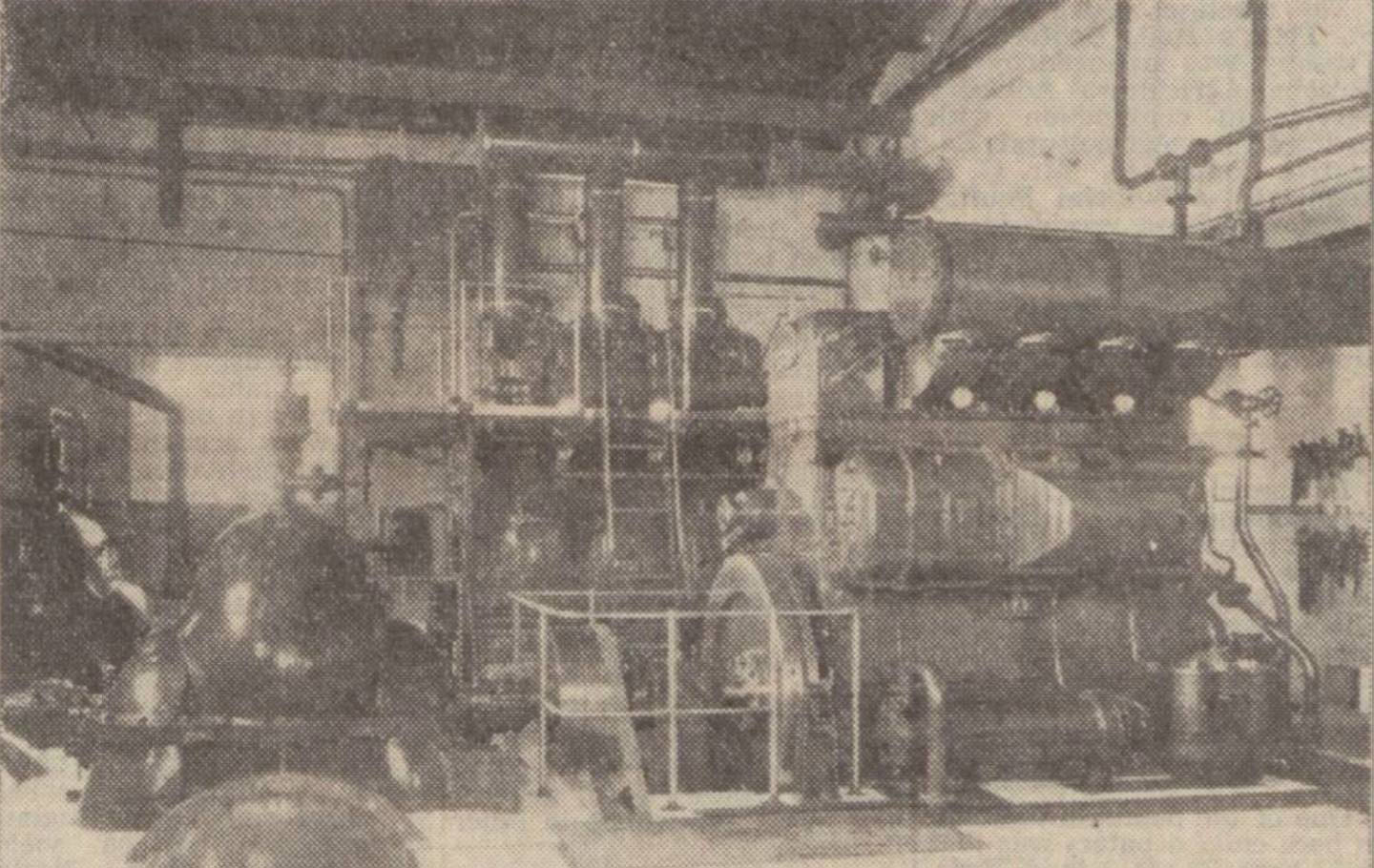 1948
1948
The full time engineer from 1958 to 1976 was Percy Turner.
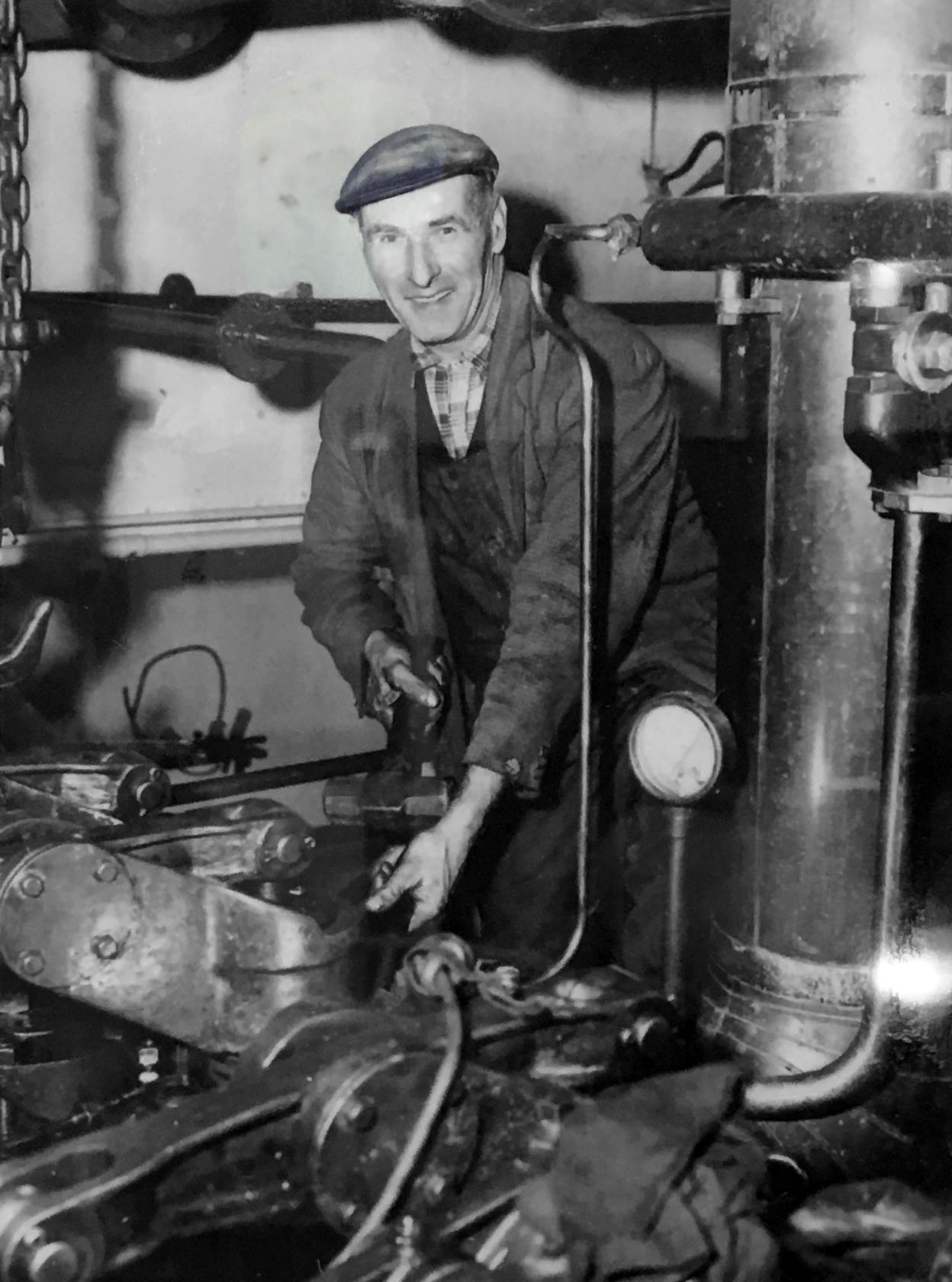 Percy Turner
Percy Turner
The Last Engine Driver
Kevin Smyth was the last engine operator at the Ten Mile pumping station. He lived with his family in the cottage next to the engine house from 1976 to 1990.
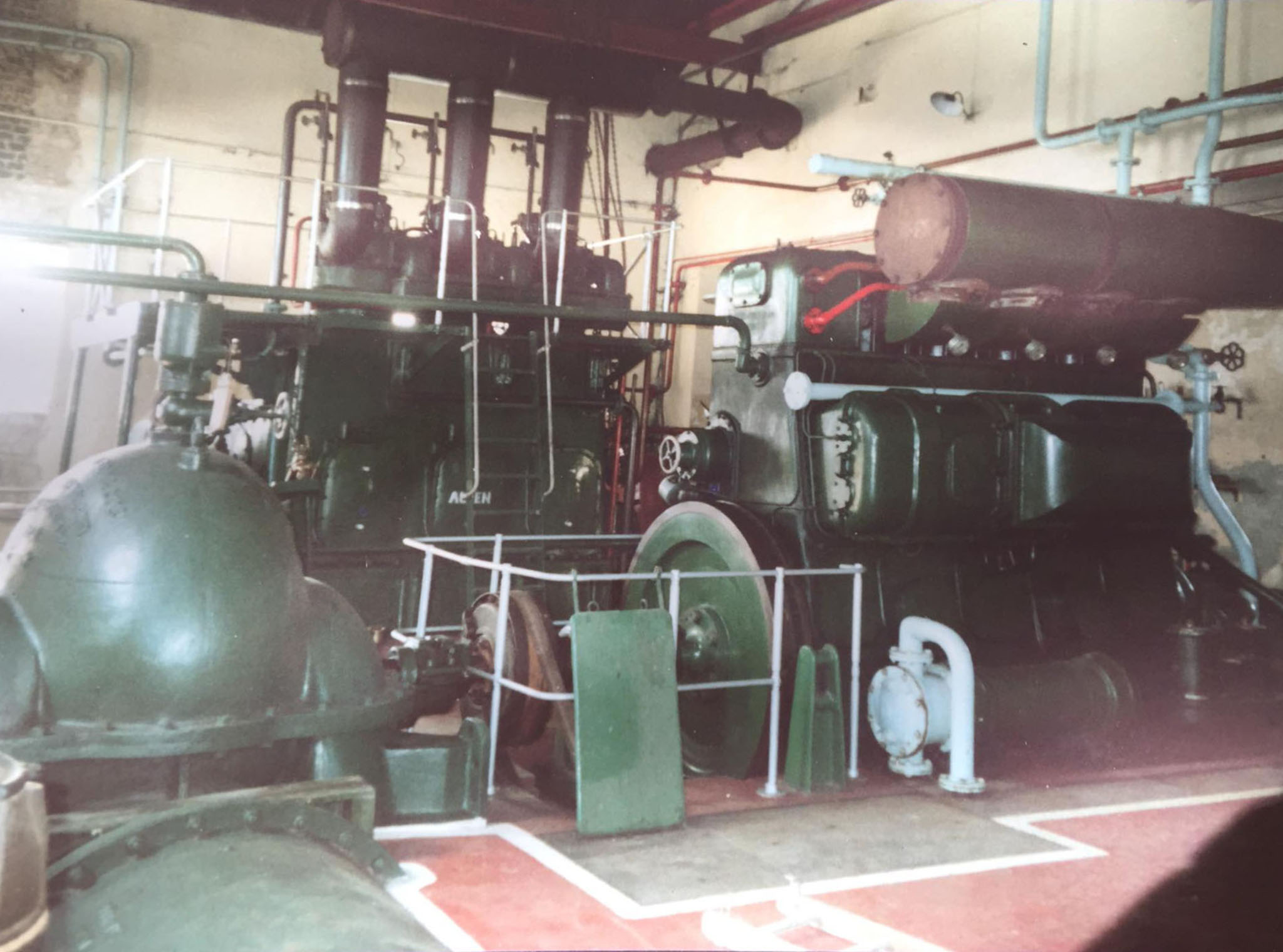
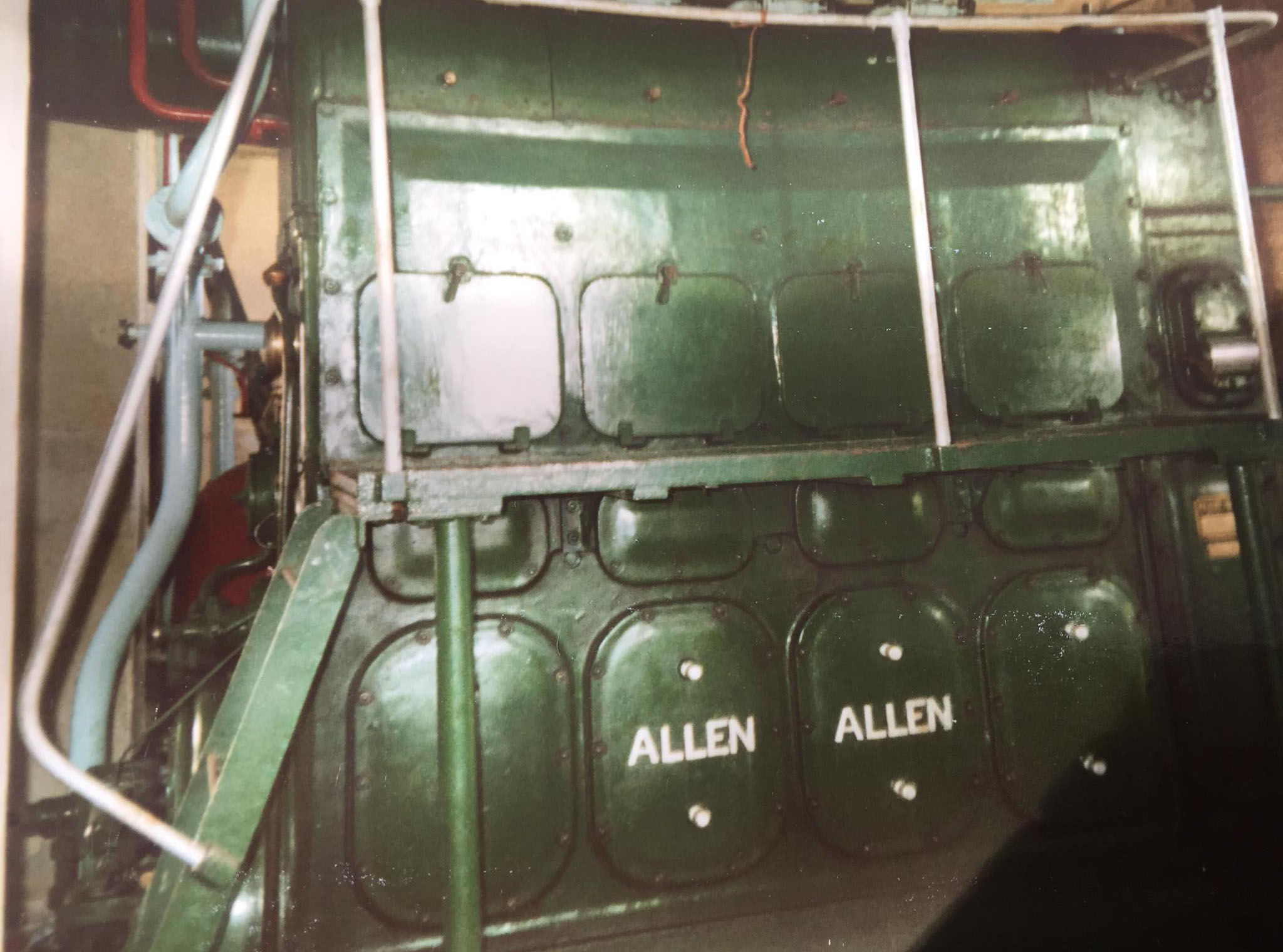
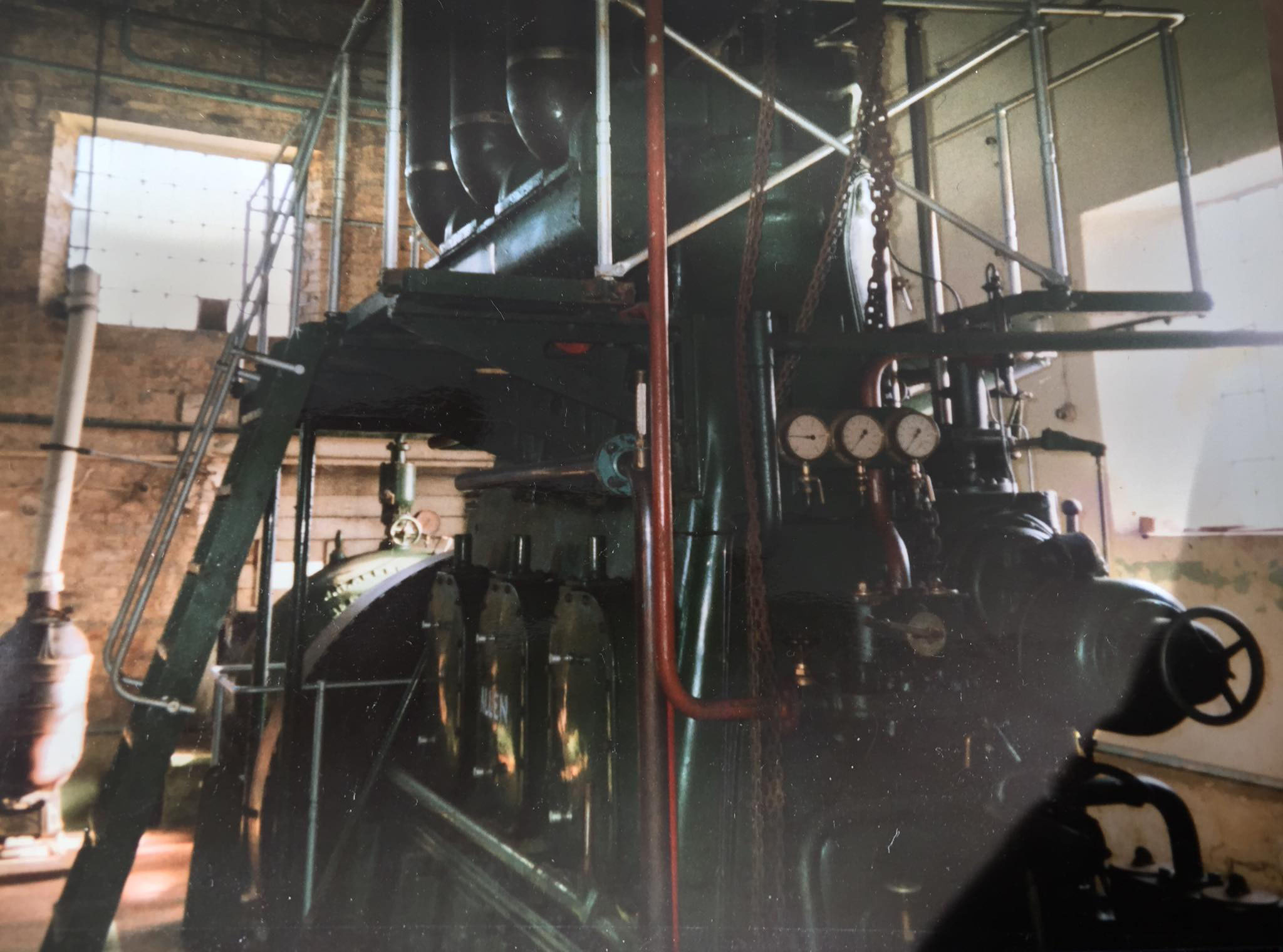
The new electric pumping station
As the site of the old pumping station was no longer considered to be the best location for a pump, a new electric powered pumping station was constructed about 1 mile further south. This new pumping station was opened on 19th May 1976.
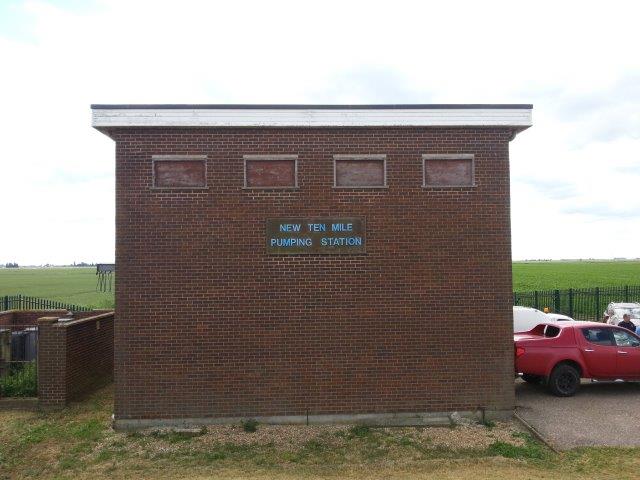
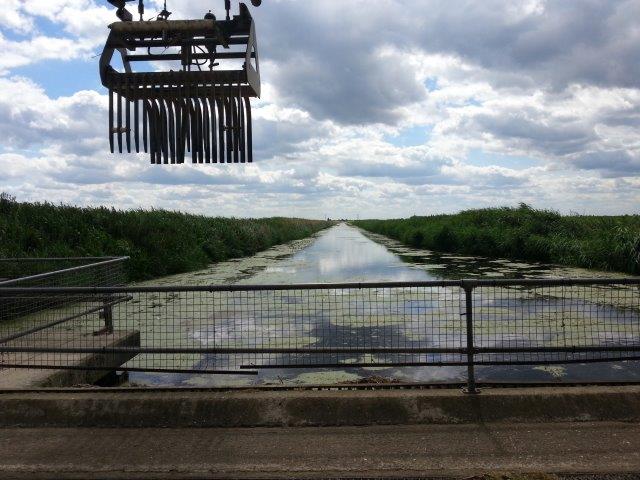
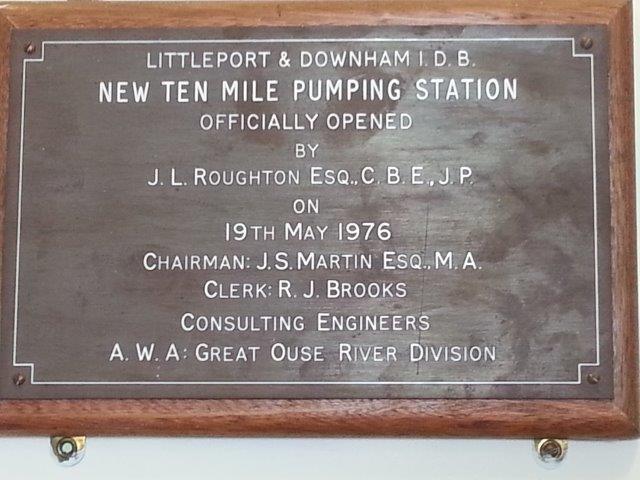
Converted into a private dwelling
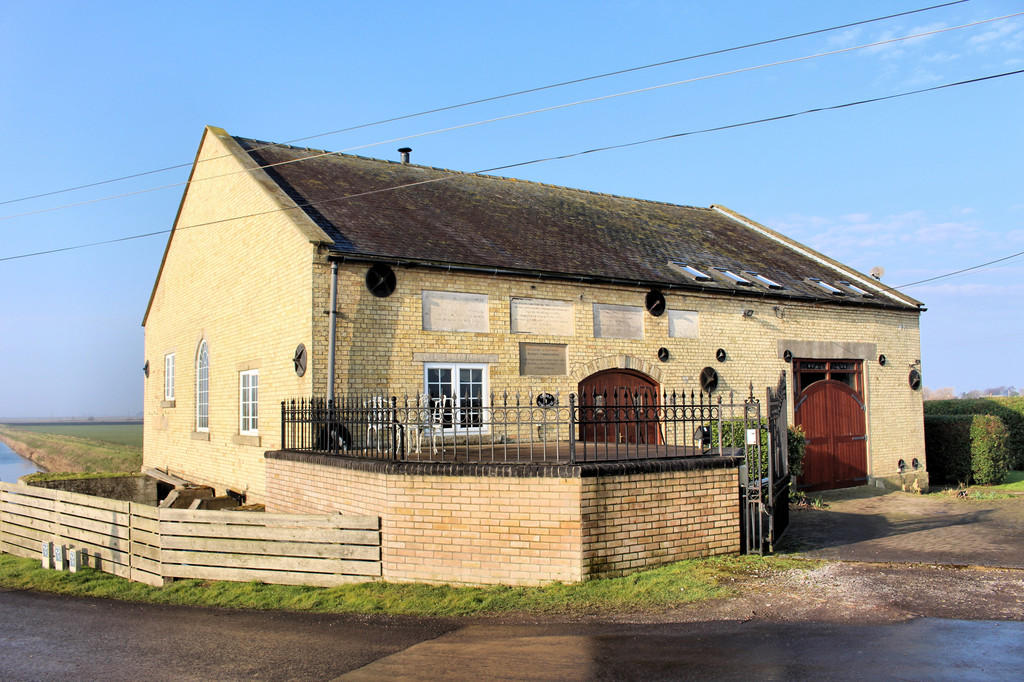
The diesel engines have now been removed and re-housed in prickwillow museum, where they are occasionally operated for demonstration purposes.
The old engine house has since been converted into a private dwelling.
Prickwillow Museum of Fenland Drainage
The images here taken in 2018 show the two W.H.Allen engines restored to showroom condition and fully operational now located in Prickwillow museum. Click the images to enlarge.
